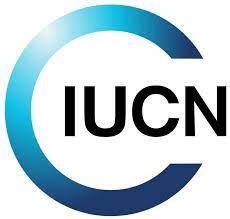IUCN Red List Update 2023:

The International Union for the Conservation of Nature (IUCN) Red List underwent an update, featuring thousands of new species assessments and reassessments.
- This information was presented at the 28th Conference of Parties, shedding light on the escalating impacts of climate change on a diverse range of species.
- The IUCN Red List now includes 157,190 species, of which 44,016 are threatened with extinction.
Key Highlights of the Report:
- Species ranging from Atlantic salmon to green turtles face growing threats due to climate change.
- IUCN Director General, emphasises the urgency of ambitious climate action to combat species decline.
- The IUCN Red List update underscores the interlinked nature of climate and biodiversity crises, urging joint efforts for sustainable solutions.
- The first comprehensive assessment of global freshwater fish species is revealed.
- 25% of assessed freshwater fish species are at risk of extinction.
- Climate change, pollution, overfishing, and invasive species contribute to the decline.
- Atlantic salmon (Salmo salar) are ray-finned fish that can grow up to a meter long, found in the North Atlantic Ocean basin.
- They are anadromous, meaning they live in both fresh and saltwater.
- Atlantic salmon population declined by 23% (2006-2020), moving them from Least Concern to Near Threatened.
- Central South Pacific and East Pacific green turtle populations are respectively Endangered and Vulnerable.
- Climate change poses threats throughout their life cycle, impacting hatching success and food sources.
- The big-leaf mahogany (Swietenia macrophylla), a sought-after timber tree, shifts from Vulnerable to Endangered.
- Unsustainable harvest, urban encroachment, and illegal logging contribute to a 60% reduction over 180 years.
- Scimitar-horned oryx, a desert antelope moves from Extinct in the Wild to Endangered, showcasing successful reintroduction efforts in the Republic of Chad.
- Saiga antelope improves from Critically Endangered to Near Threatened due to conservation measures.




